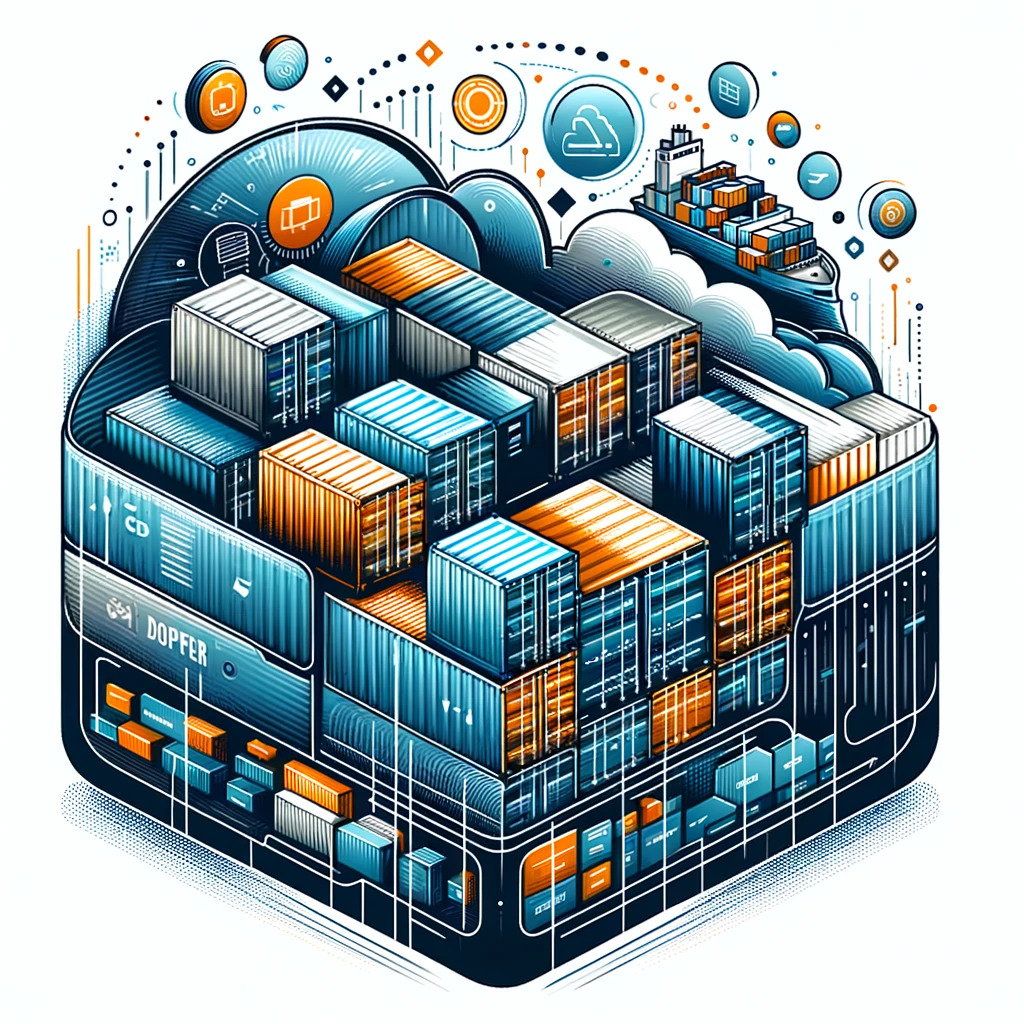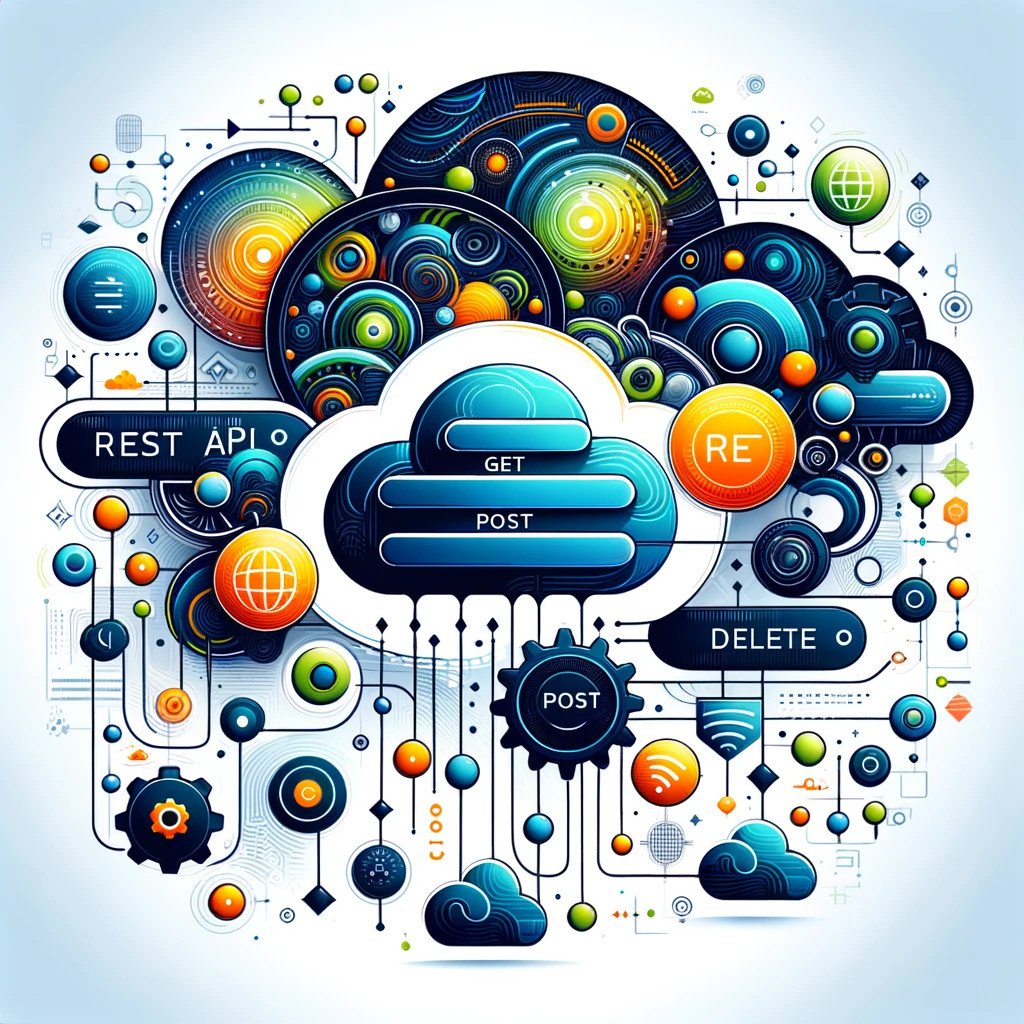Development
Modern software development is characterized by agile methods, continuous integration, and automated testing. In today’s fast-paced world, we firmly believe in the Agile Manifesto to be able to respond flexibly to changing requirements. The result: scalable, flexible, and easily maintainable solutions.
Experts in software development
C#
Java
Python
Architektur
Testing
CI/CD
Backend Development and Architecture
The Foundation for Powerful Systems
At Continua Systems, we focus on creating robust and efficient backend systems that form the backbone of modern applications. Our backend development involves the use of C#, Python, or Java to build scalable and secure server applications.
We utilize Docker for containerizing our applications, integration with various database technologies for robust data storage and processing, and the application of Domain-Driven Design (DDD) for clear and modular system structuring.

Architecture
Our software architecture aims to create robust, scalable, and maintainable systems.
With proven design principles and architectural patterns such as Microservices and Service-Oriented Architecture (SOA), we achieve flexibility, efficiency, and future-proofing. Clear separation of responsibilities leads to increased modularity and simplified maintenance.
At the same time, the integration of modern technologies and best practices enables the development of advanced and reliable software solutions.
Databases
Our backend systems are designed to seamlessly work with various database technologies.
We implement relational databases such as MSSQL, PostgreSQL or TimescaleDB Server for structured data queries and NoSQL databases like MongoDB for flexible data storage.
This way, we meet the needs of specific use cases.


Docker and Containerization
To support our agile and flexible development processes, we rely on Docker. With Docker, we containerize our backend applications, allowing us to quickly create, test, and deploy environments. This ensures a consistent and isolated runtime environment across all development and production systems.
C#, Python, Docker, git, bash, PyTorch, Masstransit, Prometheus, Grafana
Interfaces and APIs
Connections for Advanced System Integration
In modern software architecture, interfaces and APIs play a crucial role in the integration and communication between various system components. We utilize a variety of technologies to ensure seamless and efficient interaction between our applications and external services.

Communication with Message Brokers
For asynchronous message delivery, we utilize advanced message broker technologies such as RabbitMQ and MQTT.
These enable us to reliably exchange messages between services, which is particularly important in distributed systems and when implementing microservices architectures.
RabbitMQ offers robust queuing mechanisms, while MQTT is ideal for lightweight and efficient transmissions, especially in IoT scenarios.
REST APIs for Web Services
REST APIs are a central component of our services, enabling standardized and easily accessible communication over the web. Through RESTful design, we ensure that our APIs are intuitive, reliable, and secure, facilitating integration with various frontend systems and third-party applications. Additionally, we provide documentation for APIs easily and comprehensively through tools like Swagger.


CAN-Bus for Hardware Integration
In addition to common internet protocols, we also deal with specialized communication standards such as the CAN-Bus, which is primarily used in the automotive industry and industrial applications. The CAN-Bus enables efficient communication between microcontrollers and devices, making it crucial for integrating hardware into our system solutions.
Retrofitting
Expanding and Connecting Existing Systems
Retrofitting is a crucial process for expanding, modernizing, and effectively integrating existing software systems into new technological landscapes. Through targeted adjustments and extensions, older systems can be upgraded and seamlessly connected with newer technologies. This enables improved performance, increased security, and enhanced functionalities.

Modernization of Existing Software
Retrofitting begins with the analysis and modernization of existing software structures. This includes updating programming languages, frameworks, and databases. The goal is to make the systems compatible with modern standards to improve efficiency and security, as well as simplify maintainability.
Integration of New Features and Technologies
In addition to modernization, the integration of new features is a core aspect of retrofitting. This involves incorporating current technologies such as cloud computing, IoT, and AI into existing systems. This integration allows for significant enhancement of the software’s performance and functionality.


Networking and Interface Optimization
An essential step is the creation of efficient interfaces between old and new systems. By optimizing interfaces and implementing API solutions, we establish seamless communication and data flow between system components, enhancing the overall efficiency of the system.